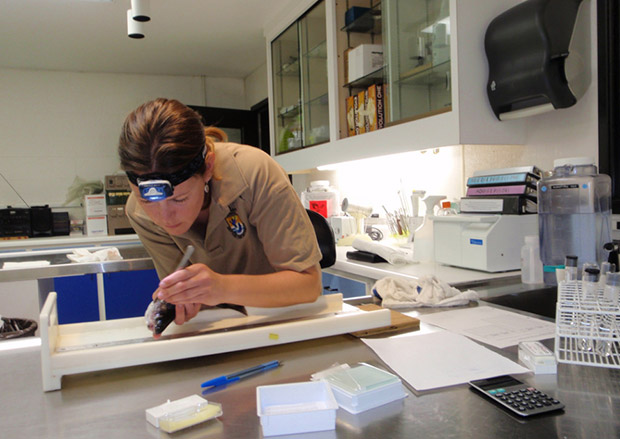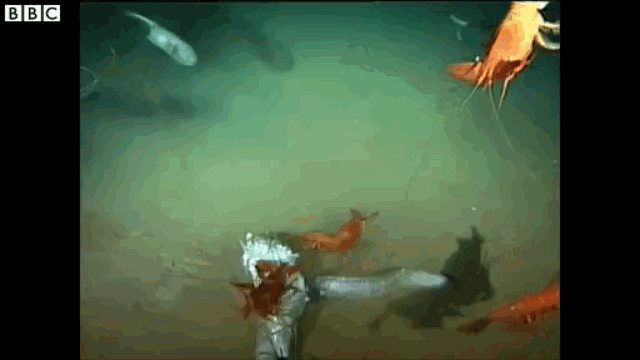
The Service manages its hunting and fishing programs on refuges to ensure sustainable wildlife populations, while offering traditional wildlife-dependent recreation on public lands.
“For more than a century, hunters and anglers have been the backbone of conservation in this country and a driving force behind the expansion of the National Wildlife Refuge System,” said Secretary of the Interior Sally Jewell. “By providing more hunting and fishing opportunities on refuges, we are supporting a great recreational heritage passed down from generation to generation, creating economic growth in local communities and helping to ensure that conservation stays strong in America.”
Under the National Wildlife Refuge System Improvement Act of 1997, the Service can permit hunting and fishing where they are compatible with the refuge’s purpose and mission. Hunting, within specified limits, is permitted on more than 335 wildlife refuges. Fishing is permitted on more than 271 wildlife refuges.
“Hunting and fishing are time-honored ways to enjoy the outdoors and teach people to value nature,” said Director Ashe. “Our National Wildlife Refuge System has millions of acres of public land and water to provide quality hunting and fishing experiences. We hope these expanded hunting and fishing programs will allow more Americans to experience this connection with nature.”
Hunting, fishing and other outdoor activities on national wildlife refuges help stimulate the economy and generate funding for wildlife conservation. Banking on Nature, a Service report released in November, showed refuges pumped $2.4 billion into the economy. Across the country, refuges returned an average $4.87 in total economic output for every $1 appropriated in Fiscal Year 2011.



